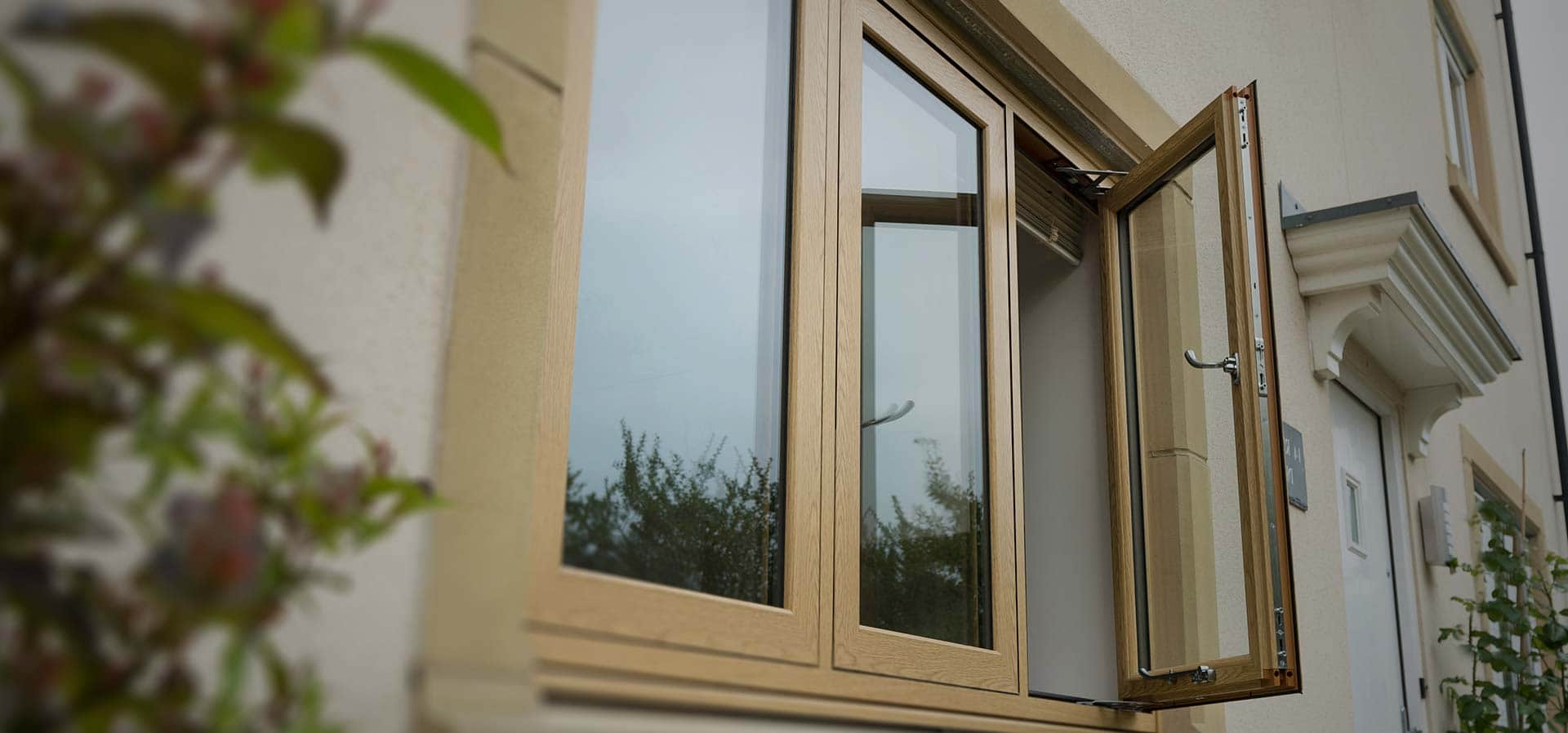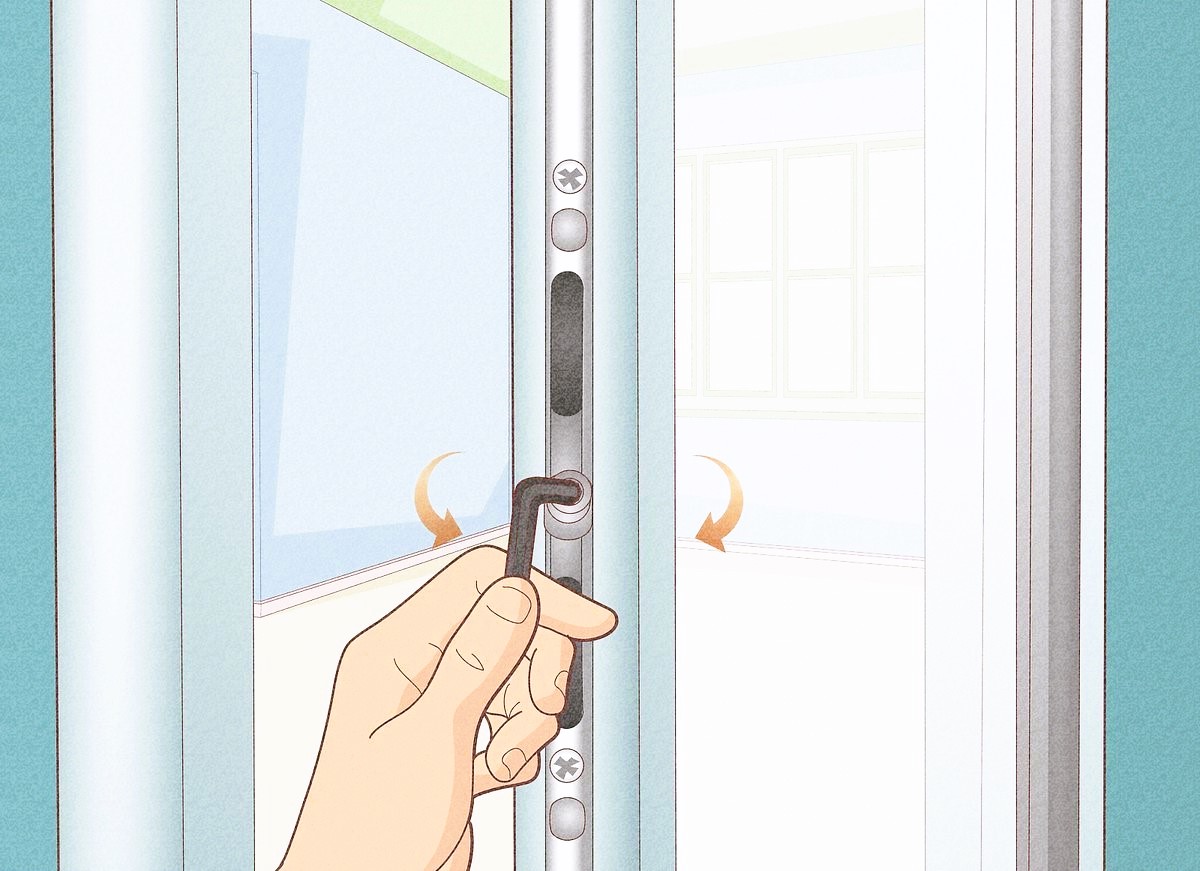If you’re experiencing issues with your plastic windows, such as difficulty opening or closing, gaps, or air leaks, you may need to adjust them. While it’s always recommended to contact a professional if you’re unsure, there are a few simple steps you can take to try to fix the problem yourself. In this article, we’ll provide a step-by-step guide on how to adjust your plastic windows by yourself.
Step 1: Identify the Issue Before you begin, it’s important to identify the issue with your plastic window. Is it difficult to open or close? Are there gaps or air leaks? Once you’ve identified the issue, you’ll be able to determine which part of the window needs to be adjusted.
Step 2: Locate the Adjustment Screws Most plastic windows have adjustment screws located on the sides or bottom of the window frame. These screws control the tension and pressure of the window, allowing you to adjust the fit and seal.
Step 3: Adjust the Screws Using a screwdriver, turn the adjustment screws clockwise or counterclockwise depending on the issue you’re experiencing. For example, if the window is difficult to close, you may need to loosen the screws to release tension. If there are gaps or air leaks, you may need to tighten the screws to create a tighter seal.

Step 4: Test the Window After making adjustments, test the window to see if the issue has been resolved. Open and close the window several times to ensure it moves smoothly and stays in place when closed. Check for gaps or air leaks by holding a piece of tissue paper near the edges of the window frame. If the tissue moves, there may still be an issue with the seal. Like the article? Read also about investing in plastic windows.
Step 5: Repeat if Necessary If the issue persists, you may need to make additional adjustments to the screws. Repeat the process until the window is functioning properly.
It’s important to note that while adjusting your plastic windows may seem like a simple task, it can be difficult to get the right balance of tension and pressure. If you’re unsure or uncomfortable with making adjustments yourself, it’s always best to contact a professional. In addition, if your plastic windows are old or damaged, adjustments may not be enough to fix the issue, and you may need to consider replacing them altogether.
In conclusion, knowing how to adjust your plastic windows can save you time and money, and ensure your windows are functioning properly. By following these simple steps, you can take care of minor issues with your plastic windows and avoid the need for costly repairs or replacements.
After adjusting the hinges and locks, you can test the window to make sure it is operating properly. If you notice any issues or the window is not closing or opening smoothly, double-check the adjustments you made and try again. It may take a few tries to get everything just right, but with patience and attention to detail, you can successfully adjust your plastic windows on your own.

It is important to note that some plastic window problems may require professional help. For example, if your window is damaged or has a broken seal, adjusting the hinges and locks will not fix the issue. In this case, it is best to contact a reputable window repair company to assess the damage and make the necessary repairs.
In conclusion, adjusting plastic windows on your own can save you time and money, and it is a relatively easy task if you follow the proper steps and have the right tools. However, if you encounter any issues or feel uncomfortable making adjustments on your own, it is always best to seek the help of a professional. With regular maintenance and proper care, your plastic windows can continue to provide your home with natural light and energy efficiency for many years to come.


